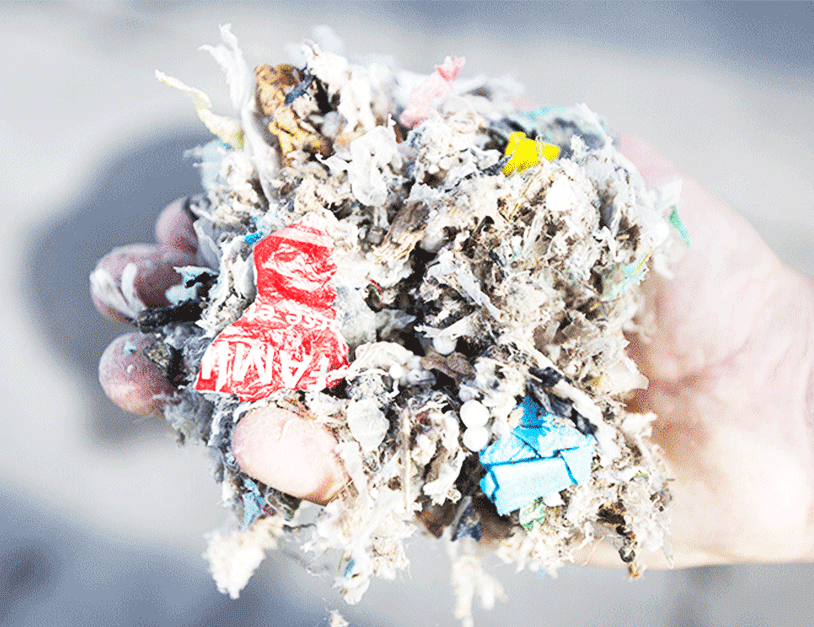
SOLID RECOVERED FUELS (SRF)
More and more industries are using solid recovered fuel (SRF) as an energy source. This is partially renewable energy. Indeed, the biogenic or biobased fraction of these SRF varies according to their nature and origin. This biobased fraction will be determined by the EN ISO 21644 standard.
Analysis of the biobased share of RSCs
Solid recovered fuels (SRFs) are substitutes for fossil fuels. SRFs are produced from many types of waste. They are mainly composed of organic materials such as paper, cardboard, wood… However, RSCs also contain petroleum-based plastics.
The radiocarbon technique will be the most reliable and accurate analysis to differentiate the plastic-derived and biomass-derived portion of RSCs. By quantifying carbon-14, CIRAM will provide you with the percentage of biogenic carbon and the biomass content of your RSCs, as recommended by EN ISO 21644.

A standard dedicated to CSR analysis by carbon-14
A standard has been developed to measure the biomass content of RSCs, it is the EN ISO 21644 standard (formerly EN 15440). It allows by different methods, including radiocarbon, to define the biogenic fraction compared to the petroleum fraction.
The biomass content of RSCs is going to strongly depend on the composition of the biogenic part. Indeed, the EN ISO 21644 standard does not use the same references of biobased carbon for wood, paper, biomass or urban waste. The reference can vary from 100 to 122. In addition, CIRAM teams follow the recommendations of the ISO 21646:2022 standard for sample preparation.

Other alternative fuels
Tire-derived fuels can also be used as a renewable energy source for certain industries. Their biobased faction will be measured by CIRAM scientists using the carbon-14 technique and following EN ISO 21644, ASTM D6866, and ISO 21646:2022
Sewage sludge and effluent, on the other hand, are used as fuels of partially renewable origin. Just like CSR, sewage sludge is not only composed of biomass or biomass derivatives. This is why CIRAM performs radiocarbon analysis of sewage sludge and effluent, in order to quantify their biobased portion and biomass content.
BIOBASED ANALYSIS FOR ALL SECTORS OF ACTIVITY
For more information about the components and materials analyzed in our laboratories, contact us. Our scientists adapt the analyses to your requirements and needs.
Discover other CIRAM areas of expertise:
